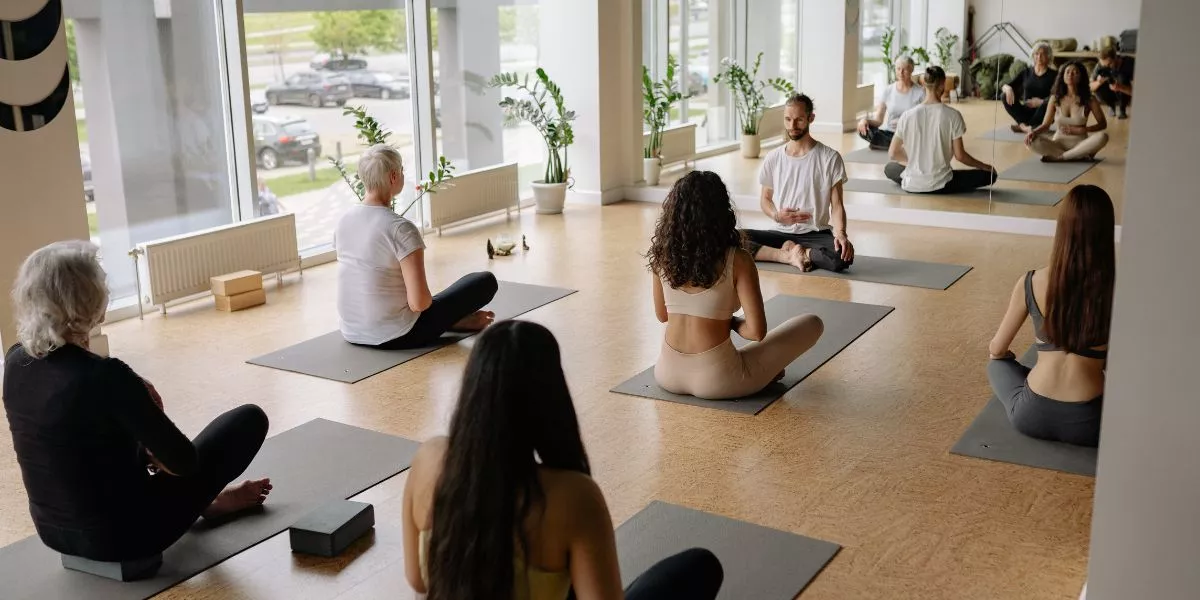
When stepping into your yoga practice, the right gear can make a significant difference in your comfort and performance. From choosing the appropriate mat thickness to selecting clothing that allows for fluid movement, every decision impacts your overall experience on the mat. But how do you navigate the myriad of options available to find what truly suits your specific needs? Let's unravel the intricacies of selecting the ideal yoga gear to enhance your practice, ensuring each session is not just a routine but a mindful journey towards holistic well-being.
Understanding Your Practice Needs
When choosing your yoga gear, consider your practice needs to ensure you have the right tools for your sessions. Think about the type of yoga you practice most often. For example, if you prefer hot yoga, you might want to opt for moisture-wicking fabrics that can help keep you dry and comfortable. If you enjoy more gentle practices like yin or restorative yoga, you may prioritize comfort and flexibility in your clothing choices.
Another important factor to consider is the level of support you need. If you have any injuries or specific areas of your body that require extra support, such as your knees or wrists, choosing gear that provides the right amount of cushioning or compression can make a big difference in your practice. Additionally, think about the climate where you usually practice. Breathable fabrics are essential for hot and humid environments, while warmer layers may be necessary for cooler spaces.
Evaluating Material Quality
To ensure you choose high-quality yoga gear, carefully assess the material used in the products. The material of your yoga gear plays a significant role in its durability, comfort, and performance during your practice.
When evaluating material quality, opt for fabrics that are breathable, moisture-wicking, and stretchable. Look for materials like nylon, polyester, spandex, or blends of these fabrics, as they provide flexibility and moisture management, keeping you comfortable throughout your practice. Additionally, consider the stitching and construction of the gear to ensure it can withstand the movements and stretches involved in yoga.
High-quality yoga mats are typically made from materials like natural rubber, PVC, or TPE. Natural rubber mats offer excellent grip and durability, PVC mats provide cushioning and support, while TPE mats are eco-friendly and non-toxic.
For accessories like blocks, straps, and bolsters, choose materials that are sturdy and easy to clean. By carefully evaluating the material quality of your yoga gear, you can enhance your practice and enjoy the benefits of long-lasting, comfortable equipment.
Considering Fit and Comfort
Assess the fit and comfort of your yoga gear to ensure optimal performance during your practice. The right fit can make a significant difference in how you move and feel while practicing yoga. Choose clothing that allows for freedom of movement without being too loose or too tight.
Look for materials that are breathable and moisture-wicking to keep you comfortable during your practice. Seamless designs can help prevent chafing and discomfort, especially during poses that require a lot of stretching or bending.
When selecting yoga pants, make sure the waistband is comfortable and stays in place without digging into your skin. Sports bras should offer adequate support without being too restrictive. Additionally, consider the length of your pants and sleeves to ensure they don't hinder your movements.
Exploring Additional Features
Consider exploring additional features in your yoga gear to enhance your practice experience and cater to your specific needs. When selecting your gear, look for yoga mats with extra cushioning to protect your joints during poses. A non-slip surface can provide stability, especially in hot yoga classes where you might sweat more. Some mats come with alignment markers to help you position your body correctly.
For clothing, opt for moisture-wicking fabrics that keep you dry and comfortable throughout your practice. Look for styles with built-in bras or extra support if you need it. Consider yoga blocks and straps to assist you in challenging poses or deepen your stretches. Blocks can provide height or stability, while straps help with flexibility and alignment.
Think about investing in a quality yoga bag to easily transport your gear. Look for one with separate compartments for your mat, water bottle, and personal items. Some bags even have additional pockets for essentials like keys or phones. By incorporating these additional features into your yoga gear, you can elevate your practice and make it more enjoyable and convenient.





